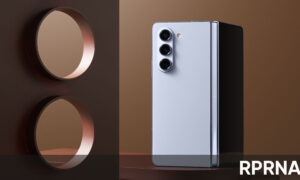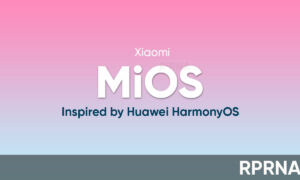Huawei is planning to unveil its two new smartphones which have recently passed China’s compulsory 3C certification with code names – NOH-AN50 and ABR-AL60. However, which will be the derivative version of the latest Huawei P50 and Mate 40 smartphones.
Both the Huawei NOH-AN50 and ABR-AL60 device pack with HW-100600C00 and HW-110600C02 charger supports 66W fast charging. More interestingly, the NOH-AN50 model is a 5G version of the smartphone.
Certification also reveals that when the phone uses a glass case cover, the switching power adapter is an optional part. On the other hand, when the device uses a PU leather case, the switching power adapter is a standard part.
JOIN HarmonyOS ans EMUI ON TELEGRAM
Additionally, a Weibo tipster mentioned that the models appearing in 3C are derivatives of Huawei P50 and Mate 40. He also added that Huawei’s first quarter’s conference is scheduled to happen in late March, where the company will reveal a bunch of new products.
Huawei P50:
Huawei P50 is the latest flagship smartphone series of the company that includes two models, Huawei P50 and P50 Pro. Also, the company has recently launched Huawei P50 Pocket – the first flip-style foldable smartphone with premium features. To be mentioned, these smartphone comes with 4G network connectivity.
Huawei P50 features a 6.5-inch OLED screen with 2700 x 1224p resolution, 90Hz refresh rate, 1440Hz high frame rate, and 300Hz touch sampling rate. This smartphone expands to 156.5mm x 73.8mm x 7.99mm dimensions and weighs around 181g.
It has the Snapdragon 888 4G processor and comes pre-packed with HarmonyOS 2.0 operating system. Further, it offers 8GB of RAM and 128 as well as 256GB internal storage as well as supports WiFi connectivity, Bluetooth 5.2, a 4100 mAh battery with 66W SuperCharge, and a USB Type C port.
Further the device is equipped with a rear 50MP triple camera system with a LED flash. On the other hand, the front side of the phone has a 13MP selfie camera (wide-angle, f/2.4) that supports image resolution up to 4160 x 3120 pixels.
Via – HuaweiCentral











